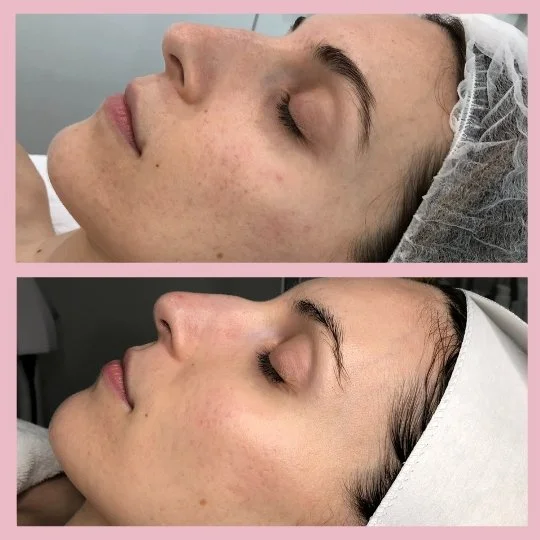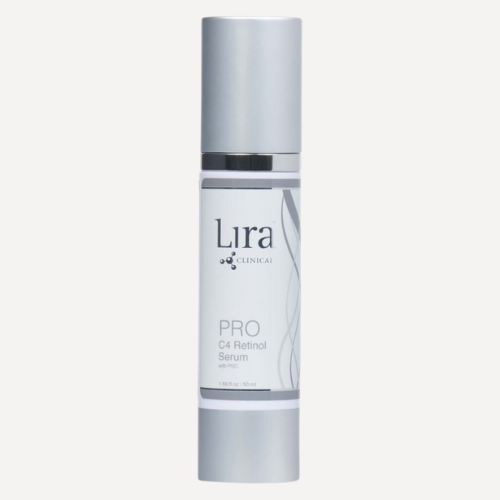Acne & Pigmentation Scarring
Don’t let your scars steal the spotlight.
Skin scarring is classified in two ways, the first is the unwelcome souvenir of our skin's past mishaps, while the second is stretch marks - those sneaky stripes that seem to appear almost out of nowhere.
When our skin experiences an injury or trauma, our body triggers the natural healing process. However, sometimes this healing process can leave behind a mark as a memento that says…
What is Scarring?
"Hey, remember when you went to war with those pimples?” Or “Don’t forget how hard you’ve worked on healing”.
But fear not, with the right treatments and care, your scars can fade into the background, just like any embarrassing photos you buried deep in your Facebook archives.
What Causes Scarring?
When our skin experiences a pimple, it's like a battlefield where white blood cells and bacteria duke it out. Unfortunately, sometimes this combat can leave behind a scar that lingers long after the pimple has faded.
Acne scarring can also be caused by picking or squeezing pimples (we know it's tempting, but this is just another reason to resist the urge!), as it can damage the skin's tissue and lead to permanent scarring. So, give your skin a break and avoid picking at those vexing pimples.
Pigmentation scarring can be caused by various factors, including acne, sun damage, and some medications.
When our skin experiences inflammation or injury, like bothersome blemishes or a sunburn, it triggers the body's regenerative response. This process can sometimes switch into overdrive and overproduction of melanin, which can cause the skin to darken and create pigmentation scarring. So let's give our skin a break and protect it from further damage while sorting out what you can do to diminish and dim any existing skin scarring.
Common Symptoms of Scarring
Uneven skin texture: Raised or sunken skin texture.
Discolouration: Scars may be a different colour than the surrounding skin, appearing darker or lighter.
Emotional distress: Scars can cause emotional distress, especially if they are in a visible location or are a result of a traumatic experience
Pain: Scars may be sensitive or painful and feel tight or stiff, especially if they are in a location that is frequently touched or rubbed
Types of Scarring
Atrophic Scars
Flat, thin, pitted scarring or sunken and depressed scars
Rolling Scars
Broad depressions with sloping edge
Boxcar Scars
Broad depressions with sharply defined edges
Icepick Scars
Deep narrow, pitted scars
Hypertrophic
Thick lumpy scars
Stretchmarks
Thin, pinky-purple or silvery-white, elongated streaks across the skin
Post-Inflammatory Erythema
Pink, red or purplish marks left on your skin following acne or an injury. Usually affects people with lighter skin.
Post-Inflammatory Hyperpigmentation
These present from light tan to blue-grey in colour.
People with darker skin are more likely to develop this condition of scarring.
Treatments for Scarring
Fade skin scarring and cease feeling self-conscious about your skin by discovering exactly what type of skin scarring you exhibit with the professional advice of an Advanced Skin Analysis. Our skin experts will provide you with individualised advice and an effective treatment plan so that you can say “sayonara” to scarring.
Start Your Skin Journey
What Our Amazing Clients Are Saying
See the results for yourself






























